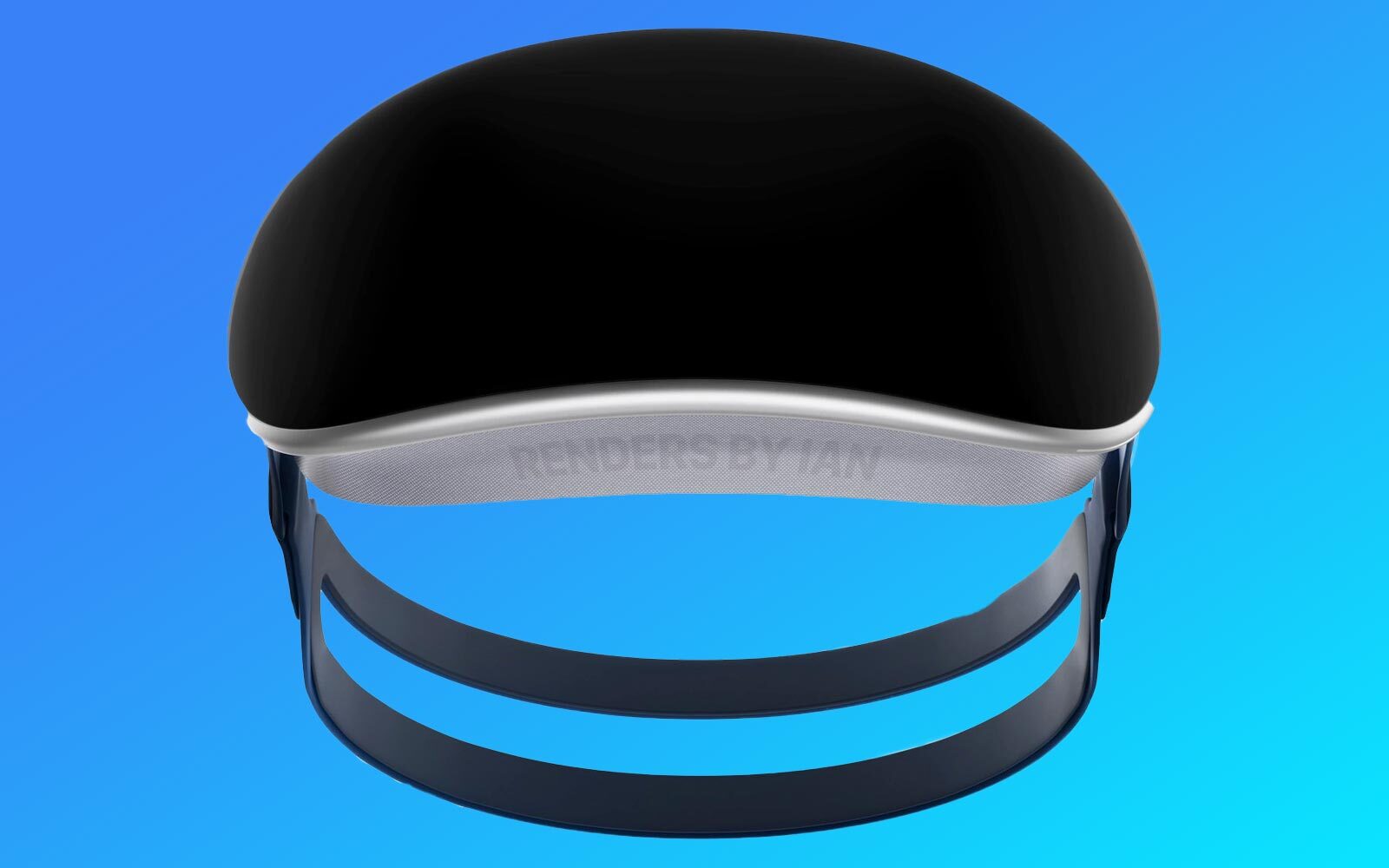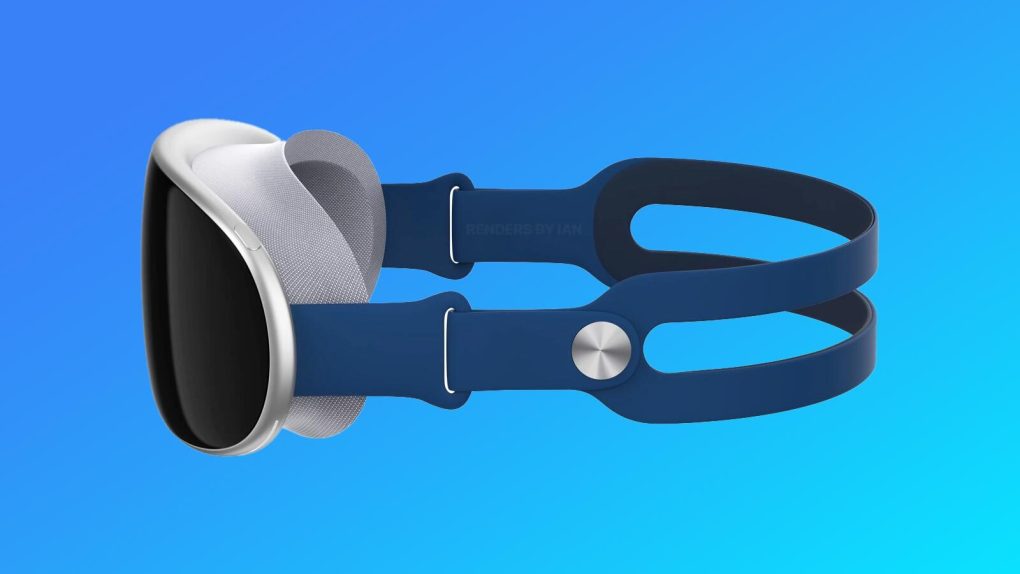Apple’s AR/VR headset is one of the most talked-about devices of the year, even though it’s not official. Several trusted sources indicate that Apple will start manufacturing the mixed reality glasses in the coming months, with a launch date coming in early 2023. The commercial release should start a few months after the January 2023 launch event that Apple has yet to confirm.
Supply chain reports indicate that Apple is getting closer to selling its first-gen mixed reality headset to consumers. Display makers are already working on supplying micro OLED panels for the AR/VR headset. And Samsung Display appears to be the latest entrant in this category.
How Apple mixed reality glasses will work
Various reports say that Apple’s first AR/VR headset will look like traditional VR headsets for gaming. The device will have a visor that shields the user’s eyes, as seen in concept images. Inside the visor, the device will feature micro OLED panels that display immersive content.
Unlike VR devices that only deliver virtual reality experiences, Apple’s mixed reality glasses will also reportedly support augmented reality features.
The AR/VR headset will pack several cameras that point both inwards and outwards. Outer cameras will allow the device to pick up video from the user’s surroundings and interpret hand gestures. The device will overlay digital content on top of real-life objects.
This is just speculation, as Apple has not shared any information about its revolutionary AR/VR headset. But what seems certain is that Apple will need micro OLED panels to show VR and AR content.

Samsung’s AR/VR headset tech
Samsung Display is the main OLED panel supplier for the iPhone, but the company hasn’t been as interested in the nascent mixed reality headset industry. A report from The Elec says that’s changing, however.
The manufacturer has supposedly received requests for micro OLED displays from at least three companies. Samsung, Apple, and Meta are all interested in these screens, which will be included in AR/VR headsets. Apple and Meta are already working on mixed reality glasses. Samsung will likely deliver similar products in the future.
The report notes that micro OLED panels differ from OLED screens. The organic materials sit on a silicon substrate rather than glass. They’re also known as OLED on silicon panels, and they should be even thinner than traditional OLED panels.
Rumors say the Apple mixed reality glasses will offer two to three displays. At least two of them will be high-resolution 4K micro OLED displays. They’ll have a pixel density of up to 3,000 pixels per inch, according to reports. The micro OLED panels will show the content that’s in focus, hence the need for very high-resolution screens. Images in the peripheral vision would need lower resolution, and that’s where a conventional OLED panel might work.
It’s unclear whether Samsung will be able to mass-produce any micro OLED panels for the first-gen Apple mixed reality glasses. Sony is reportedly the first supplier of such panels for Apple’s AR/VR headset.
LG Display is also said to be planning to place orders for equipment to manufacture micro OLED screens for Apple.
More Apple coverage: For more Apple news, visit our iPhone 14 guide.








